Gamification
at Hilarious
At Hilarious, gamification has been at the center of our communication for 10 years now. We are no game designers, we are more than that! We incorporate game design elements in your marketing strategy. This communication lever is crucial and we are proud to integrate it in our daily work. To us, it is a central point in the communication strategy of our clients and we are convinced you should do it too.
Our team follows a comprehensive process in designing game mechanisms:
- Strategy,
- Game thinking,
- UX/UI,
- Animation,
- Reporting and improvement: We continuously monitor the performance of the game and make necessary enhancements to optimize results.
With over 500 customized digital activations featuring original game mechanics and elements, we have successfully captured participants attention for an average of 2.5 minutes. This level of engagement is challenging to achieve through other touchpoints. By incorporating game design elements and principles, you too can enhance user engagement and create a stronger connection with your brand.
Leading brands like Proximus, Cofidis, Toyota, and the Italian Tourist Office have already embraced gamification and witnessed its positive impact. Don't miss out on the opportunity to join the trend and reap the benefits for your brand!
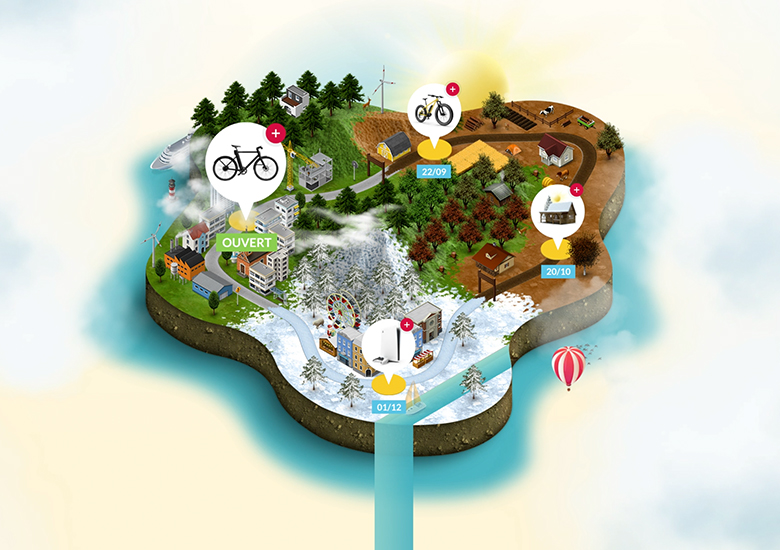
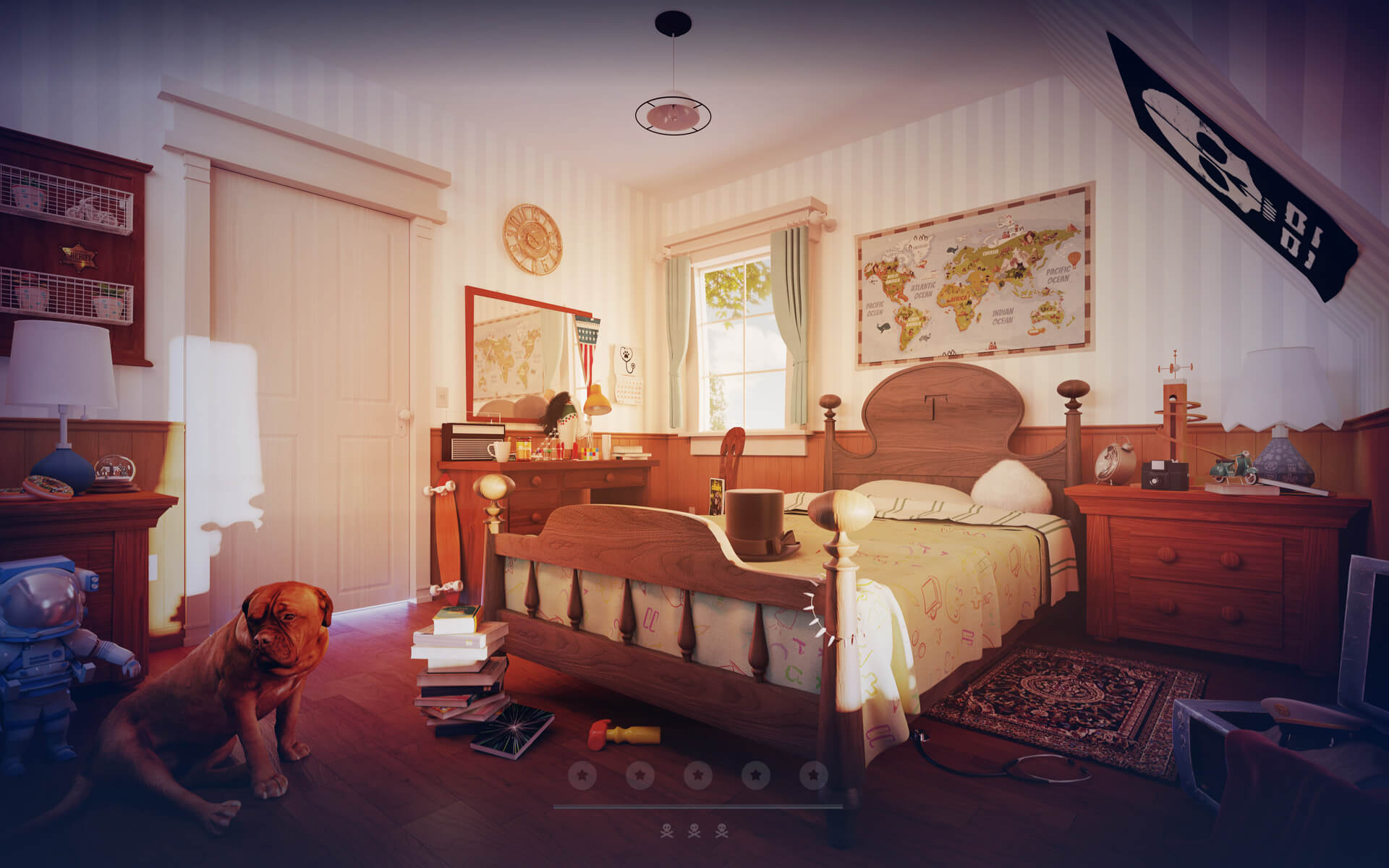
How to create your gamification strategy ?
Definition of gamification : it is the concept of making any task or service into a game. Whatever title you give it (digital activation, contest, customer loyalty programs and others), it can become the key to the creation of your communication strategy. Whether it's to attract new prospects, collect data, build customer loyalty or make them happy, gamification is the tool for you to reach your performance goals.
Effective gamification is combining game elements such as :
- rewards,
- appointments,
- loyalty,
- ownership,
- progression,
- achievement badges,
- ranking.
Regardless of your business context, whether it's marketing, corporate training, or mundane daily tasks, gamification can be integrated as a communication process to achieve your performance objectives at every stage of the conversion funnel. By immersing users in different scenarios, it boosts engagement and customer interaction, ultimately inspiring and motivating them towards your brand.
Gamification has a strong social dimension based on :
- the need for recognition,
- the challenge,
- the spirit of competition and teamwork,
- altruism,
- the attraction of a reward.
It is therefore part of a cognitive process that will unlock a certain pleasure by your prospects and increase the retention of your company. This can be done with low energy consumption on their part but with maximum effects on your side! This is why you can engage users towards gamification even in non gaming environments or more mundane tasks.
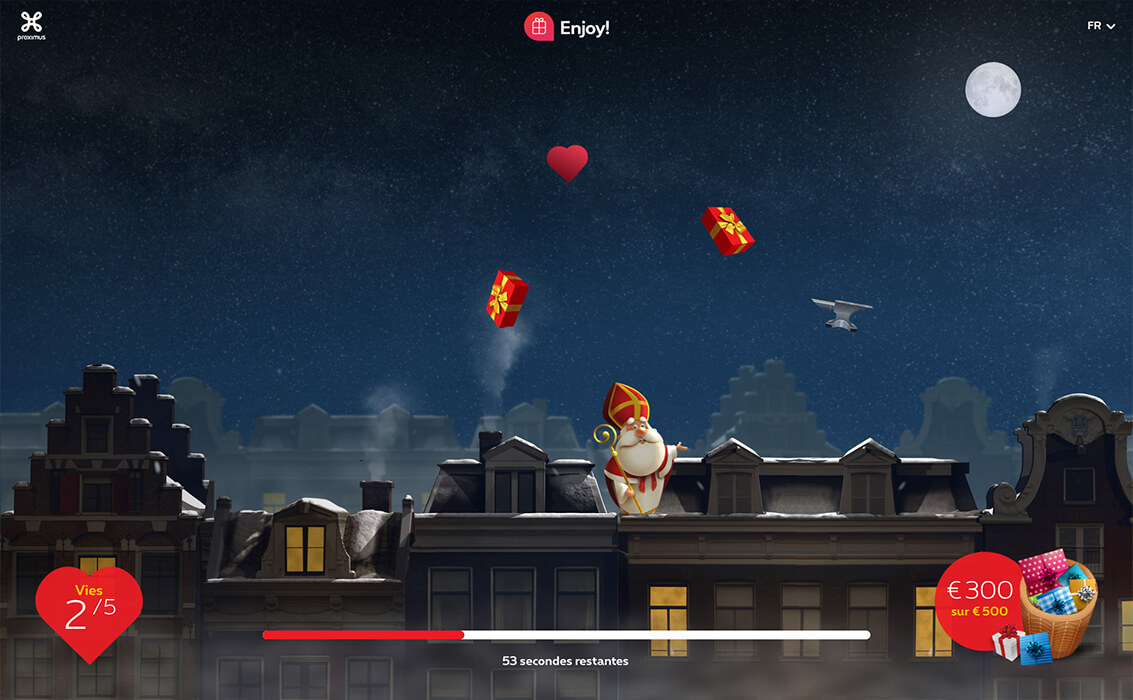
Best Gamification examples
The way to implement gamification is quite simpleAll you need is a gamification platform with different game mechanisms. A successful gamification example is our platform : Enjoy!, where users can play up to 5 game dynamics on a monthtly basis. By adding gamification elements, the brand sees a retention of its customers and a high customer satisfaction. You can elevate this factor by creating social interaction and also that way increase participation to every game.
Another factor important when speaking about gamification is achievement badges. People should be rewarded every time they to an action so they can earn badges. Those will encourage engagement that your users are going to have towards your brand and consequently increase brand retention. It's also a good way to motivate people.
How do you integrate game mechanics into your gamification project?
Brands that incorporate gamification into their customer engagement marketing strategies are witnessing significant increases across various metrics:
- Engagement: 47% increase
- Brand loyalty: 22% increase
- Over two-thirds of the world's top 2,000 companies have already embraced gamification as part of their marketing efforts. A robust gamification strategy enables brands to incentivize recurring behaviors. The implementation of gamification techniques can be applied across all industries and communication objectives, even in non-gaming environments and mundane tasks.
Gamification also serves as a valuable tool for data collection and enrichment, while adhering to GDPR regulations. Users are more willing to share personal data within game environments compared to real-life scenarios. This solves challenges related to acquiring contact information and provides brands with a solid list of prospects.
Furthermore, gamification can be an effective customer segmentation tool, enabling the collection of qualitative data to better understand and qualify your audience. This data can be utilized for targeted newsletters and refined advertising campaigns, bringing long-term benefits and increased revenue.
Gamification also facilitates higher online and offline conversions by offering customers rewards or the opportunity to earn points upon completing an experience, such as coupons or loyalty points.
Lastly, integrating gamification into your marketing strategy helps create an online community and fosters long-term customer loyalty. The sense of belonging within the community enhances brand awareness.
Ideally, gameplays are designed for smartphone usage but can be adapted for desktop or application environments. The key lies in aligning the mechanics with your objectives and case, as consistency yields the best results.
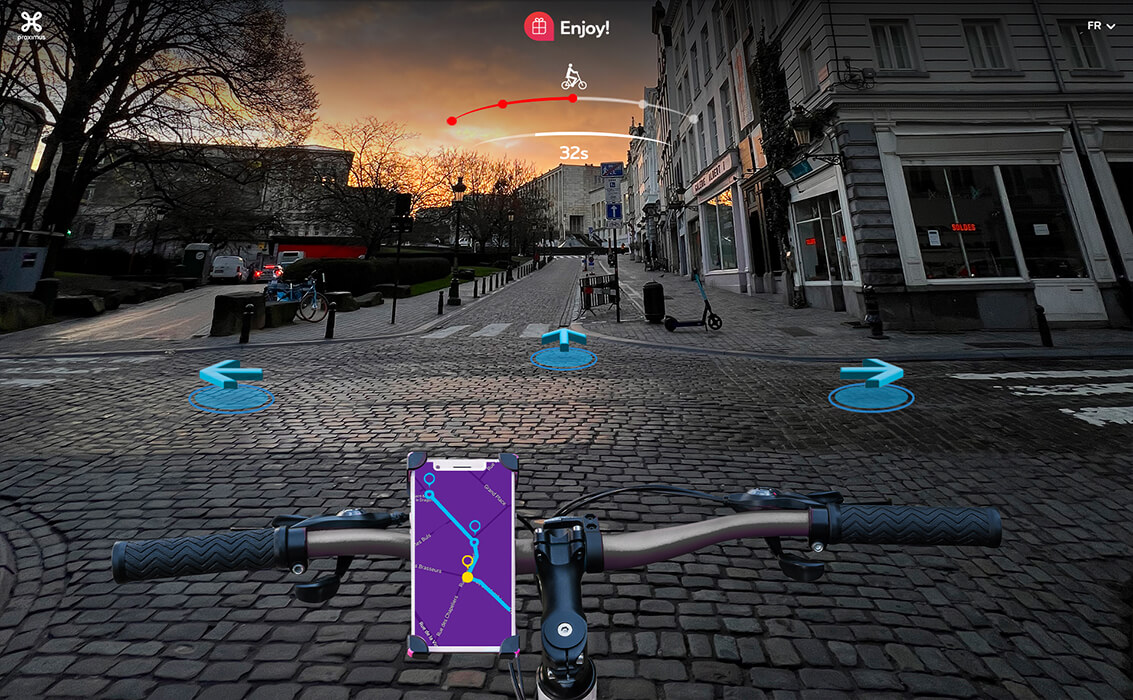
How to integrate this tool into different formats?
Now that you know "Why", it's time to move on to "How" as Simon Sinek would say. Indeed, for an activation to really make sense, the ideal is to think that it has to have one. Digital activations must be meaningful to those who participate.
A great example of this search for a purpose is our client Cofidis. It can sometimes be difficult to increase engagement towards a brand doing credits. But with our gamification work for the brand, we noticed a few thousands people invested in the content on a monthly basis. The idea was simple : design gamification revolving around cyclo-cross and cycling, since Cofidis has its own team of riders. With videos promoting the brand on social media and emailing we drove, hundreds and hundreds of people to a gamification platform with a player centered design where they were able to win amazing prizes every month. This is how we gave a real sense to the term gamification.
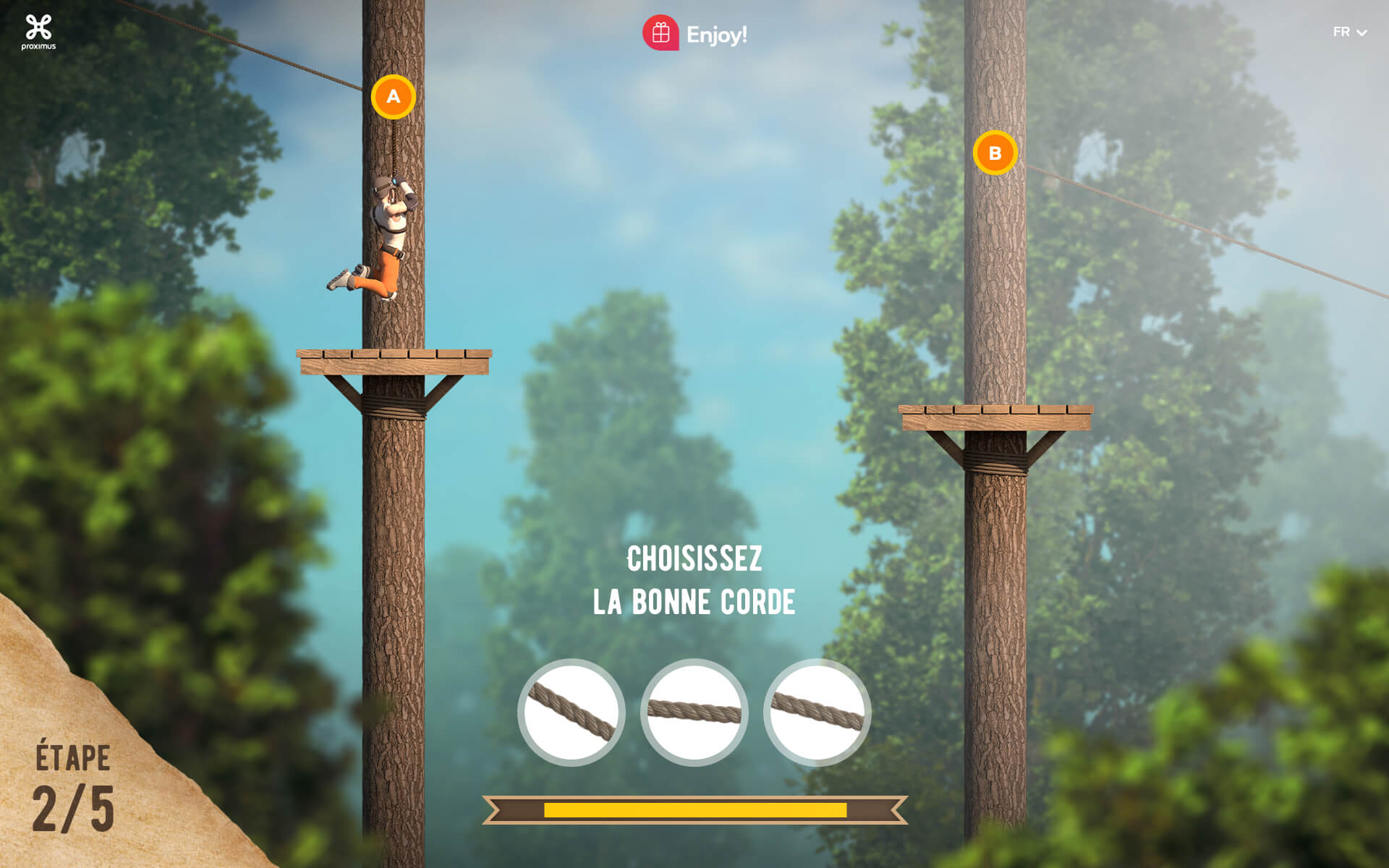
Create surprising game elements
To achieve effective engagement and customer retention, activations based on gamification principles must be original and surprising. Simplicity is essential, as players should quickly understand the rules without the need for lengthy explanations.
Creating interaction is a crucial aspect. It is important for players to perceive the added value of the activation from the beginning and be engaged as much as possible. Gamification techniques such as learning, serious games, game-based learning, incorporating game-like elements, problem-solving, and memorization, as well as leveraging mechanics from old computer games, offer various possibilities to integrate into your digital environment. Implementing a points system is key to ensure sustained human motivation. Additionally, using contest formats and offering prizes are effective strategies to increase engagement and enhance brand retention.
Embracing team spirit and competition is highly recommended. These innate human instincts can significantly boost engagement within your activation.
A key question: What results?
Creating a digital experience with gamification offers several benefits:
- Generating awareness
- Boosting engagement
- Collecting data and leads
- Animating your community and building loyalty
Rewarding prospects and providing recognition through experience points, leaderboards, or badges can enhance engagement. Learning value is crucial to prospects, and offering rewards is a key motivator for user engagement.
Storytelling plays a vital role in building customer loyalty, serving as a source of motivation for participants. It allows players to deeply engage with the activation and connect with your brand.

